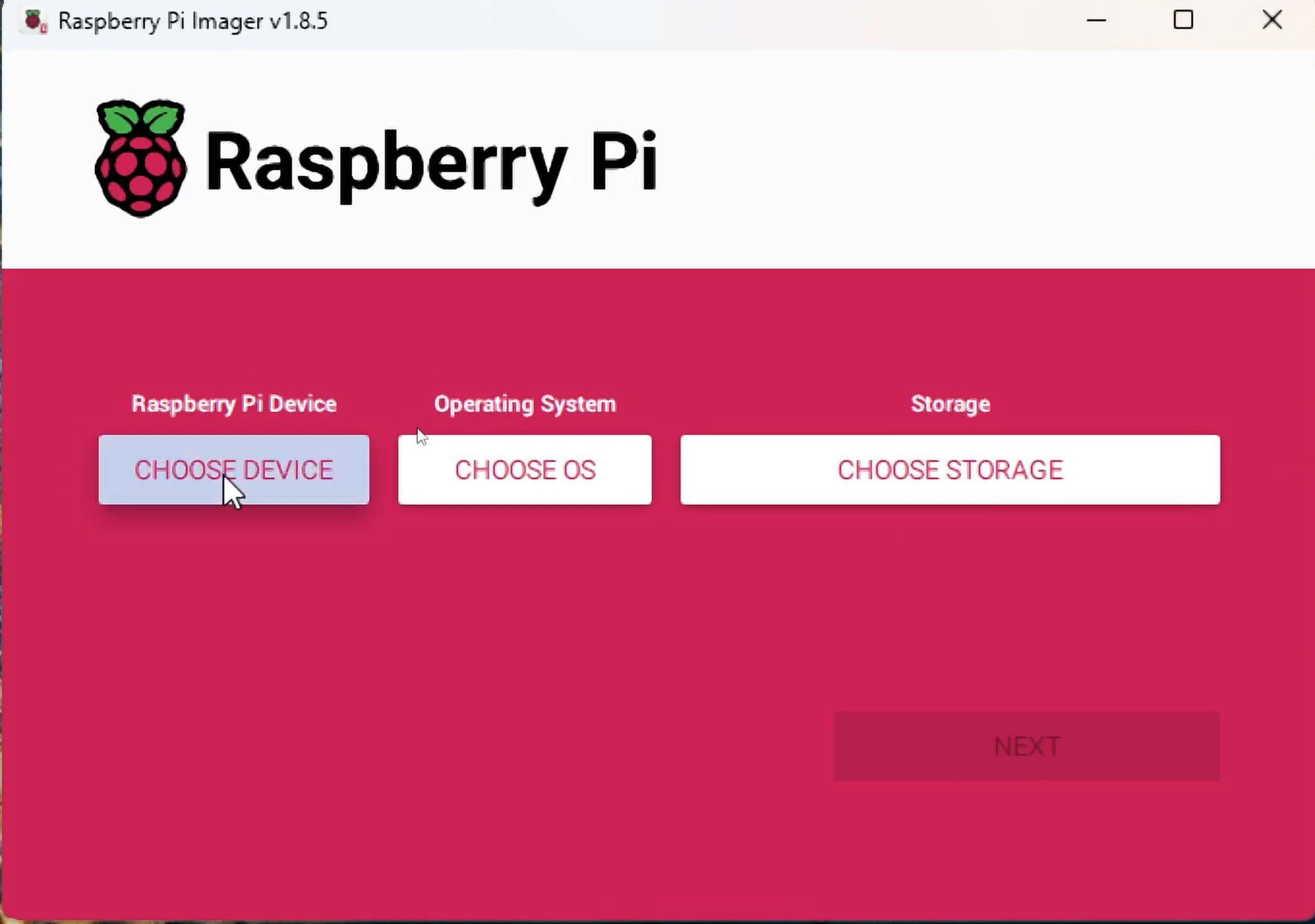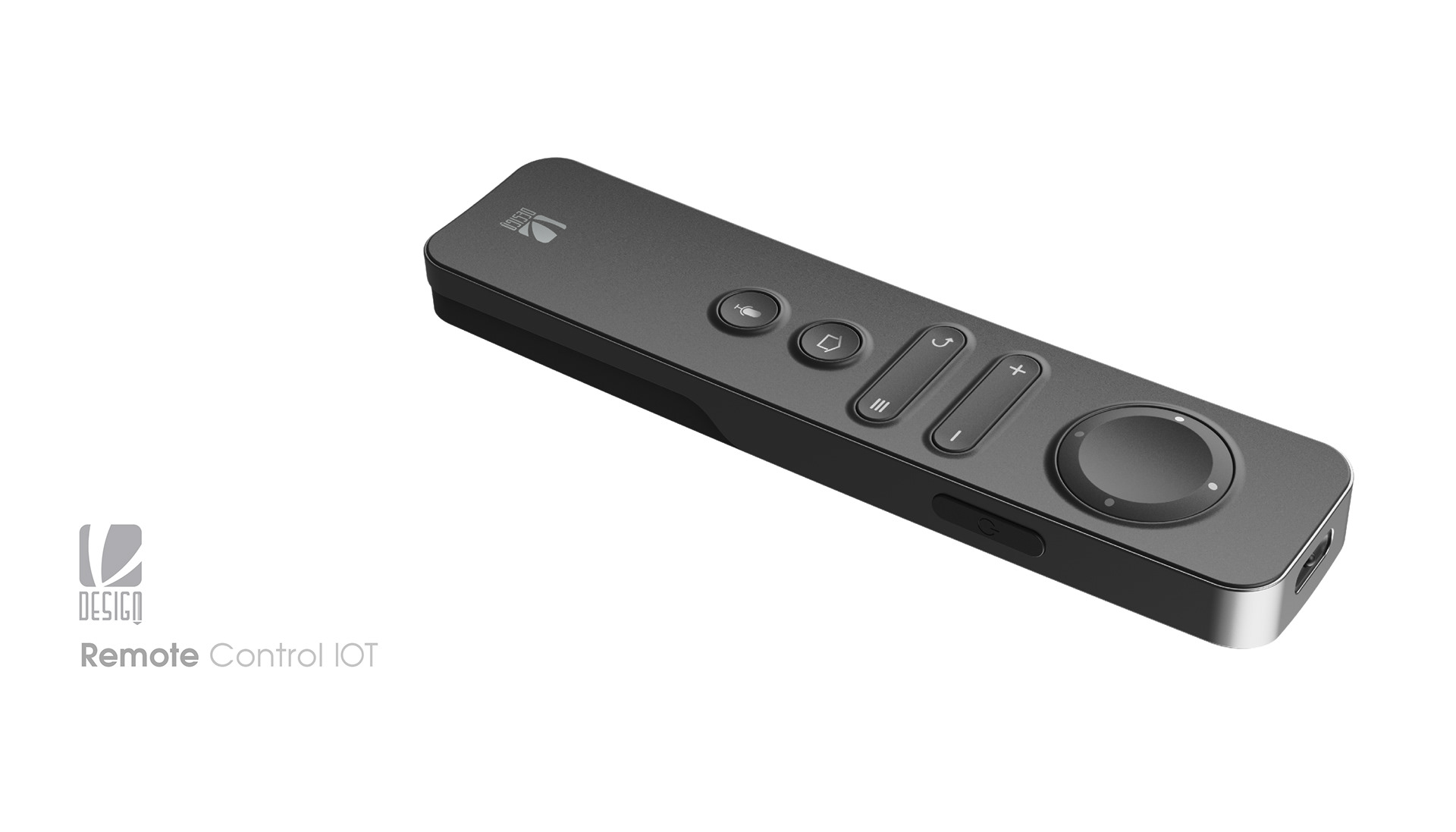Mastering Remote SSH IoT Over Internet Free Download: The Ultimate Guide
Imagine this—you're sitting comfortably in your living room, sipping coffee, while your IoT devices spread across the globe are humming along perfectly. But wait, one of them needs a quick update or troubleshooting. What do you do? Enter remote SSH for IoT over the internet, your new best friend in managing devices remotely without breaking the bank. This technology is like having a superpower, letting you access and control IoT devices from anywhere, anytime, all for free with just a download.
Now, if you're thinking, "How does this magic even work?" you're not alone. Remote SSH IoT over the internet is a powerful tool, especially for hobbyists, small businesses, and tech enthusiasts who want to manage their devices without shelling out big bucks for commercial solutions. It’s not just about convenience—it’s about staying ahead in the tech game.
In this article, we’ll dive deep into how you can harness the power of remote SSH IoT over the internet, explore free download options, and equip you with the knowledge to set it up like a pro. Whether you're a seasoned techie or a curious beginner, this guide has got your back.
Table of Contents
- What is Remote SSH IoT Over Internet?
- Why Use Remote SSH for IoT?
- Free Tools for Remote SSH IoT
Setup Guide for Remote SSH IoT
- Security Considerations
- Troubleshooting Tips
- Best Practices
- Real-World Applications
- Future Trends in Remote SSH IoT
- Conclusion
What is Remote SSH IoT Over Internet?
Let's break it down. SSH, or Secure Shell, is like a secure tunnel that lets you connect to a remote computer or device over the internet. Now, when we talk about IoT (Internet of Things), we're referring to all those smart devices that are connected to the internet—think smart thermostats, security cameras, or even industrial sensors. So, remote SSH IoT over the internet basically allows you to access and control these devices from afar, securely and efficiently.
Here’s the kicker—it’s free! There are tons of tools and platforms out there that let you set up remote SSH connections without spending a dime. All you need is a little know-how and some patience. It’s like finding a treasure chest full of tech gold, but instead of gold, it’s free software and tools.
Why Use Remote SSH for IoT?
Why would you want to use remote SSH for IoT? Well, there are plenty of reasons. First off, it’s super secure. Unlike other methods that might leave your devices vulnerable, SSH encrypts your connection, keeping prying eyes at bay. Second, it’s incredibly flexible. Whether you’re managing a single device or a whole network of them, SSH has got you covered.
And let’s not forget the cost factor. With free download options available, you can set up remote SSH IoT without spending a cent. This makes it an ideal solution for hobbyists, small businesses, and anyone on a budget. Plus, it’s scalable, meaning you can grow your setup as your needs expand.
Free Tools for Remote SSH IoT
So, where do you start? There are several free tools available that can help you set up remote SSH IoT. Here are a few popular ones:
- OpenSSH: This is one of the most widely used SSH tools out there. It’s open-source, meaning it’s free to use and customize to your heart’s content.
- Putty: A classic choice for Windows users, Putty is a lightweight SSH client that’s easy to use and completely free.
- Bitvise SSH Client: This one offers both free and paid versions, but the free version is more than enough for most IoT projects.
- Termius: If you’re on mobile, Termius is a great option for iOS and Android users. It’s user-friendly and packed with features.
These tools are just the tip of the iceberg. Depending on your specific needs and devices, there are plenty of other options out there. The key is to find the one that works best for you and your setup.
Setup Guide for Remote SSH IoT
Alright, let’s get down to business. Setting up remote SSH IoT might sound intimidating, but with the right steps, it’s actually pretty straightforward. Here’s a step-by-step guide to help you get started:
First things first, you’ll need to install an SSH server on your IoT device. If you’re using a Raspberry Pi or similar device, you can enable SSH through the settings menu. For other devices, you might need to install a specific SSH server software.
Once your server is up and running, you’ll need to configure port forwarding on your router. This allows external connections to reach your device. Make sure to choose a unique port number to avoid conflicts with other services.
Next, set up a dynamic DNS service. This will give your device a consistent address, even if your IP changes. There are plenty of free dynamic DNS providers out there, so take your pick.
Finally, use an SSH client to connect to your device from anywhere in the world. Just enter your device’s address, port number, and login credentials, and you’re good to go.
Security Considerations
Security is paramount when it comes to remote SSH IoT. After all, you don’t want unauthorized access to your devices. Here are a few tips to keep your setup secure:
- Use Strong Passwords: This one’s a no-brainer. Make sure your passwords are long, complex, and unique.
- Enable Two-Factor Authentication: Adding an extra layer of security can go a long way in protecting your devices.
- Regularly Update Software: Keeping your SSH server and client software up to date helps patch vulnerabilities.
- Limit Access: Restrict access to only trusted IP addresses or networks to minimize the risk of unauthorized access.
By following these best practices, you can ensure that your remote SSH IoT setup remains secure and reliable.
Troubleshooting Tips
Even with the best setup, things can go wrong. Here are a few troubleshooting tips to help you when you hit a snag:
- Check Network Connectivity: Make sure your device is properly connected to the internet.
- Verify Port Forwarding: Double-check your router settings to ensure port forwarding is correctly configured.
- Test with a Local Connection: Try connecting to your device from the same network to rule out external issues.
- Consult Logs: Check the logs on your SSH server for any error messages that might point to the problem.
With a bit of patience and these tips, you should be able to resolve most common issues.
Best Practices
To make the most out of remote SSH IoT, here are some best practices to keep in mind:
- Document Your Setup: Keep a record of your configuration details, including IP addresses, port numbers, and login credentials.
- Monitor Your Devices: Regularly check in on your devices to ensure everything is running smoothly.
- Automate Where Possible: Use scripts and automation tools to simplify repetitive tasks and reduce the chance of human error.
- Stay Informed: Keep up with the latest developments in SSH and IoT to stay ahead of the curve.
By following these practices, you can streamline your workflow and make managing your IoT devices a breeze.
Real-World Applications
Remote SSH IoT has a wide range of applications across various industries. Here are a few examples:
- Home Automation: Control smart home devices like lights, thermostats, and security systems from anywhere.
- Industrial IoT: Monitor and manage industrial equipment and sensors remotely, improving efficiency and reducing downtime.
- Remote Monitoring: Keep an eye on environmental conditions, such as temperature and humidity, in remote locations.
- Healthcare: Enable remote access to medical devices for monitoring and troubleshooting, improving patient care.
These applications showcase the versatility and potential of remote SSH IoT in transforming the way we interact with technology.
Future Trends in Remote SSH IoT
Looking ahead, the future of remote SSH IoT looks promising. With advancements in technology and increasing demand for remote solutions, we can expect to see even more innovative tools and platforms emerging. Here are a few trends to watch out for:
- Increased Security Measures: As cyber threats become more sophisticated, we’ll likely see more robust security features in SSH tools.
- Integration with AI: Artificial intelligence will play a bigger role in automating and optimizing SSH processes.
- Cloud-Based Solutions: More SSH tools will move to the cloud, offering greater flexibility and scalability.
- Enhanced User Experience: User interfaces will become more intuitive and user-friendly, making SSH accessible to a wider audience.
These trends point to a future where remote SSH IoT becomes even more powerful and accessible.
Conclusion
In conclusion, remote SSH IoT over the internet is a game-changer for anyone looking to manage their devices remotely. With free download options available and a wealth of tools and resources at your disposal, setting up a secure and efficient SSH connection has never been easier.
Remember, the key to success lies in following best practices, staying informed, and continuously improving your setup. So, what are you waiting for? Dive in and start exploring the world of remote SSH IoT today!
Don’t forget to leave a comment below sharing your experiences or questions. And if you found this article helpful, be sure to share it with your friends and colleagues. Together, let’s unlock the full potential of remote SSH IoT!



Detail Author:
- Name : Joelle Hane
- Username : myrtie.okuneva
- Email : tkris@hotmail.com
- Birthdate : 1983-07-29
- Address : 458 Cara Point Port Miltonborough, MS 40312
- Phone : 854-548-4287
- Company : Rowe, Kihn and Willms
- Job : Gauger
- Bio : Et modi maiores eos dignissimos nemo maiores. Ut non sed sint vitae velit quo sapiente. Quia quas illum quasi voluptate itaque distinctio. Tempore dolores expedita nisi consectetur.
Socials
instagram:
- url : https://instagram.com/brannon_ward
- username : brannon_ward
- bio : Cum alias quia deleniti voluptatem quis tempora. Odit iusto quae enim velit laudantium voluptatum.
- followers : 3517
- following : 2870
tiktok:
- url : https://tiktok.com/@brannon_ward
- username : brannon_ward
- bio : Et omnis eos dolorum nihil veniam. Quasi nihil alias est dignissimos libero.
- followers : 545
- following : 2566
facebook:
- url : https://facebook.com/brannon6636
- username : brannon6636
- bio : Enim alias dicta distinctio. Est corrupti optio quibusdam quos natus optio vel.
- followers : 590
- following : 1791